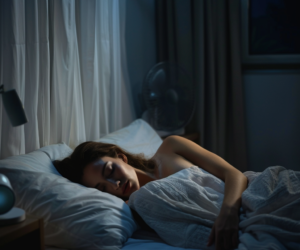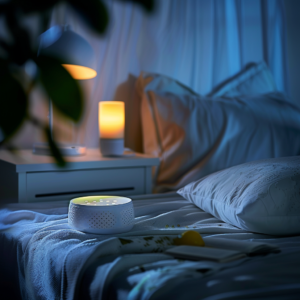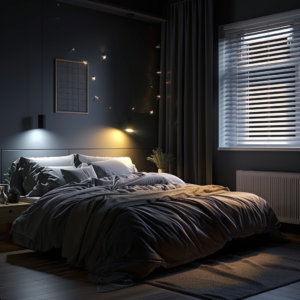
Essential Highlights
Your bedroom environment plays a critical role in the quality of your sleep. By optimizing various elements such as lighting, temperature, and noise control, you can create a space conducive to restful and restorative sleep. A well-designed sleep environment helps regulate your body’s circadian rhythms, allowing you to fall asleep more easily and wake up feeling refreshed.
Lighting is a key factor in promoting good sleep. The presence of light, particularly blue light from electronic devices, can interfere with the production of melatonin, the hormone responsible for regulating sleep.
The temperature of your bedroom significantly influences your sleep quality. Most people sleep best in a cool environment.
Noise can be a major disruptor of sleep. Even low-level noises can affect your ability to stay asleep through the night.


Investing in high-quality mattresses, pillows, and bed linens can make a substantial difference in sleep comfort and support.
A clutter-free environment can promote relaxation and reduce stress, making it easier to fall asleep.
Minimize the presence of electronic devices in your bedroom to avoid distractions and exposure to blue light.
Circadian rhythms are natural, internal processes that follow a roughly 24-hour cycle and respond primarily to light and darkness. Disruptions to these rhythms can result in sleep disorders and other health issues.
Noise can interfere with the different stages of sleep, particularly REM (Rapid Eye Movement) sleep, which is crucial for cognitive functions like memory consolidation and mood regulation.
Creating a sleep-friendly bedroom environment involves careful consideration of lighting, temperature, noise control, and overall comfort. By making simple adjustments and investing in the right tools and materials, you can significantly enhance your sleep quality. Remember, the goal is to create a serene and comfortable space that promotes relaxation and uninterrupted sleep.
This is for informational purposes only. For medical advice or diagnosis, consult a professional.
